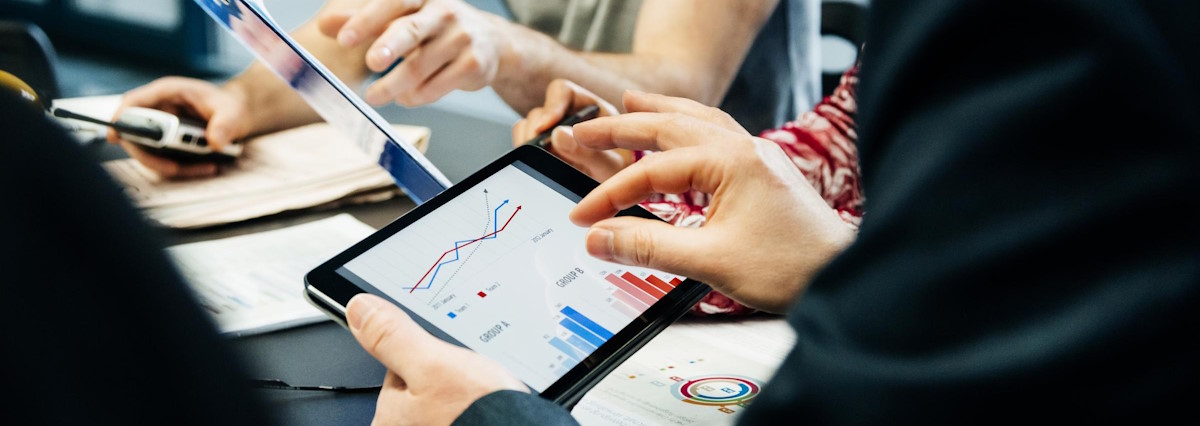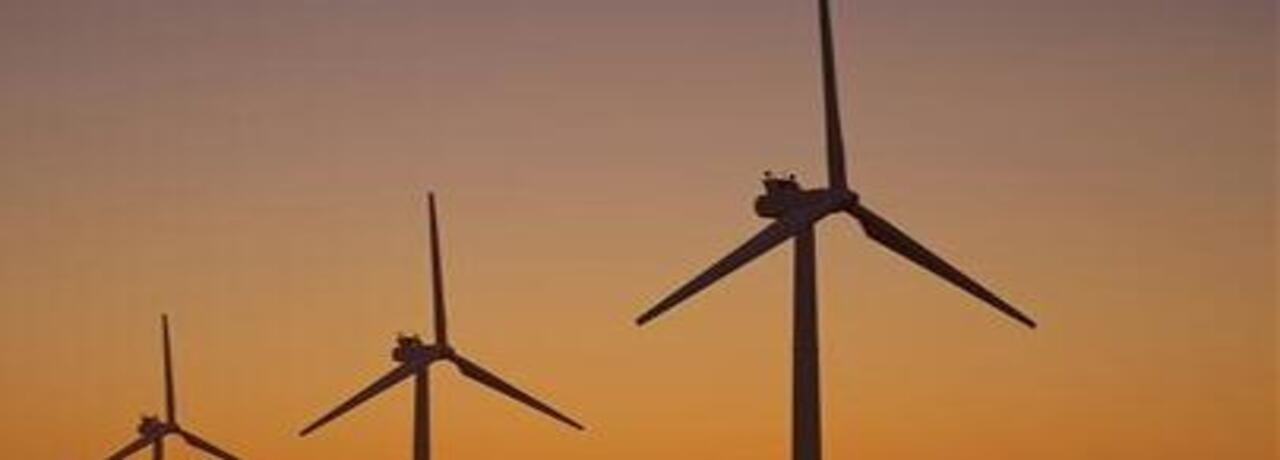
Germany: Strong start to the year, subdued outlook
The German economy’s strong start to the year (Q1 real GDP rose +0.4% q/q) can largely be attributed to economic impulses coming from the domestic economy. Private consumption grew by a whopping +1.2% q/q in real terms – the highest growth rate observed since 2011. However, positive special effects probably helped beautify the Q1 result. Construction activity, for example, is likely to have profited from the relatively mild weather conditions, while private consumption benefited both from car catch-up purchases and expansive fiscal measures supportive of consumption that came into force at the beginning of the year. As these special effects fade out, the growth dynamics of the German economy will prove more subdued. As the ifo and PMI results for the month of May confirm, Germany's export-oriented growth model, which specializes in capital goods, continues to be under pressure in the face of cooling global GDP growth, lingering auto sector problems and growing risks for world trade. Moreover there are initial signs that the industrial weakness is slowly spreading to the service sector. Overall, we continue to expect German GDP growth to come in at +1% in 2019.














